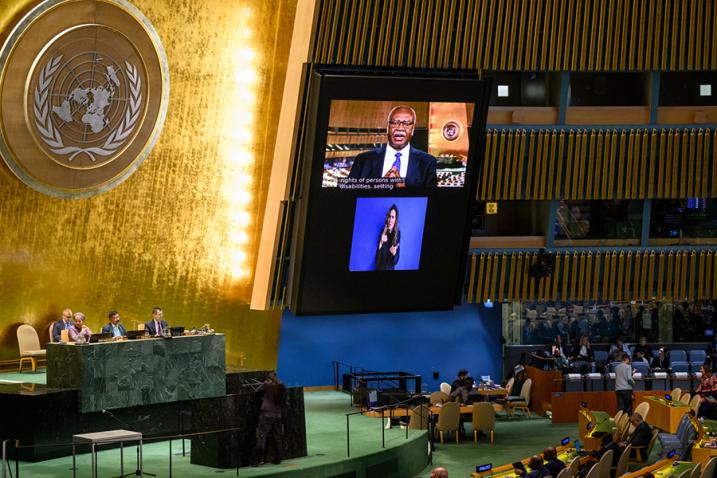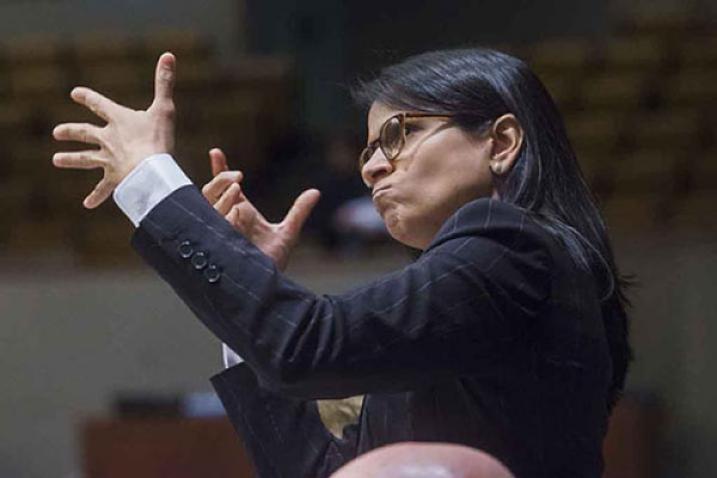Recognizing Deafblindness: a distinct disability requiring specialized support and inclusion
Deafblindness is a combined vision and hearing impairment of such severity that it is hard for the impaired senses to compensate for each other, and is thus a distinct disability with its own specific challenges, barriers and requirements for support and inclusion, different from those provided to individuals, who are solely deaf or blind.
Deafblind persons face barriers owing to deafblindness not being treated and/or recognized as a distinct disability, further leading to invisibility in statistics, policies and programmes, and therefore impeding access to services.
Professional deafblind interpreters and interpreter-guides are critical in ensuring access to information, communication, services and fundamental rights, as well as enabling individuals with deafblindness to live independently and be included in the community.

Why June 27?
The General Assembly adopted resolution A/RES/79/294, proclaiming 27 June of each year the International Day of Deafblindness. This day commemorates the birth of renowned author Helen Keller (1880 – 1968), one of the most iconic figures in the deafblindness community.
Helen Keller (left) visited the UN Headquarters in 1949. Miss Keller is seen during a committee meeting with her secretary, Miss Polly Thompson, who is interpreting the debate for her. Credit: UN Photo.
Resources
Related observances
- World Braille Day, 4 January
- International Day of Sign Languages, 23 September
- International Day of Persons with Disabilities, 3 December
- Human Rights Day, 10 December
Did you know?

The red and white striped cane is used by the deafblind community as an important tool for mobility and identification.




